5 foreigners who have become ballet stars in Russia
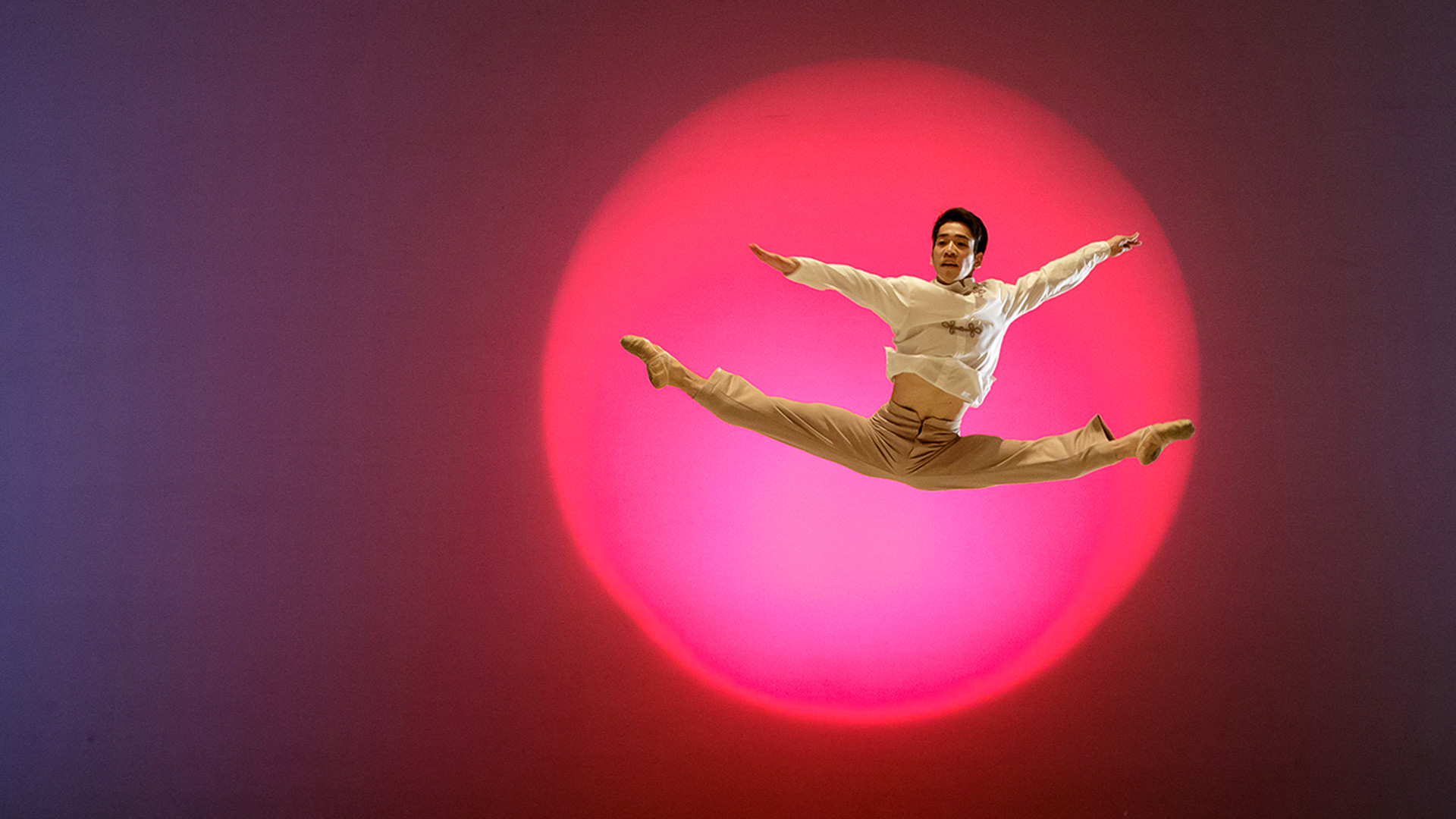
1. May Nagahisa, Japan
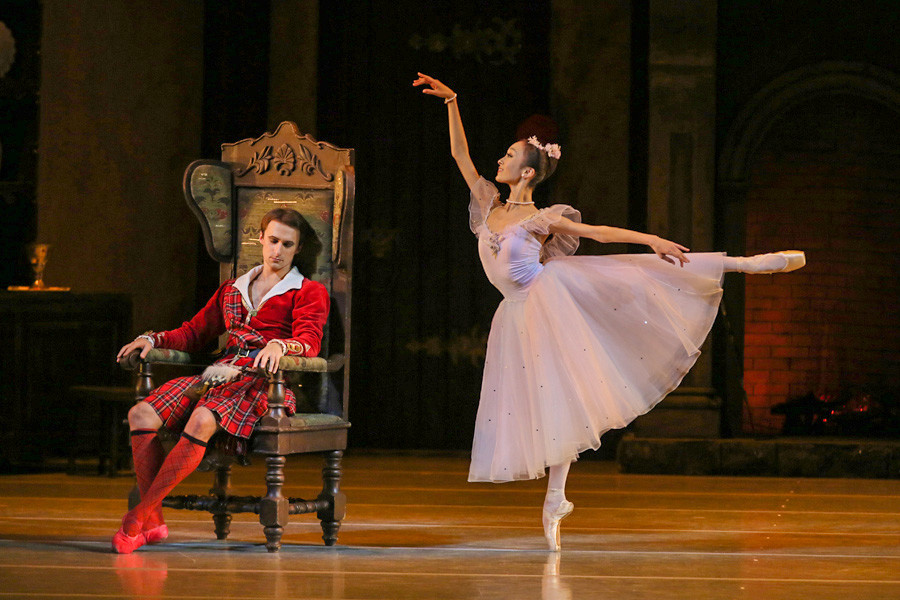
May Nagahisa was recently promoted to first soloist at the Mariinsky Theater in St. Petersburg. In the ballet hierarchy, this is just one step from the very top—the title of a principal. For a dancer at one of the world's leading theaters, this is a meteoric rise. Nagahisa made her debut at the Mariinsky at the age of 15, which is extremely rare and essentially unprecedented for a foreigner. At the time, May was a student at the famous Princess Grace Academy in Monaco, having won a spot there thanks to the Youth America Grand Prix competition. It was almost as if fate itself was leading her to Jean-Christophe Maillot's famous Monte Carlo Ballet, but Maillot recognized that Nagahisa’s potential in classical ballet was much greater and broader than what was required for his productions and released her into the big world.
At the age of 17, she moved to St. Petersburg despite the fact that all eyes were on her in the ballet scenes in Europe, America and Japan. May began to dance small solos, and her Amour in Don Quixote and Butterfly in Le Carnaval were discussed with the kind of breathless enthusiasm that would normally be reserved for lead parts. And don’t be fooled by Nagahisa’s delicate appearance, which belies a solid and refined technique that allows her to transform seamlessly into a wide variety of roles, including the jubilant Masha in The Nutcracker as she stands on the threshold of adulthood, the tragic Giselle as she is dying because of her lover's betrayal and Princess Shyrin, the heroine in The Legend of Love.
2. Bulgan Rentsendorj, Mongolia
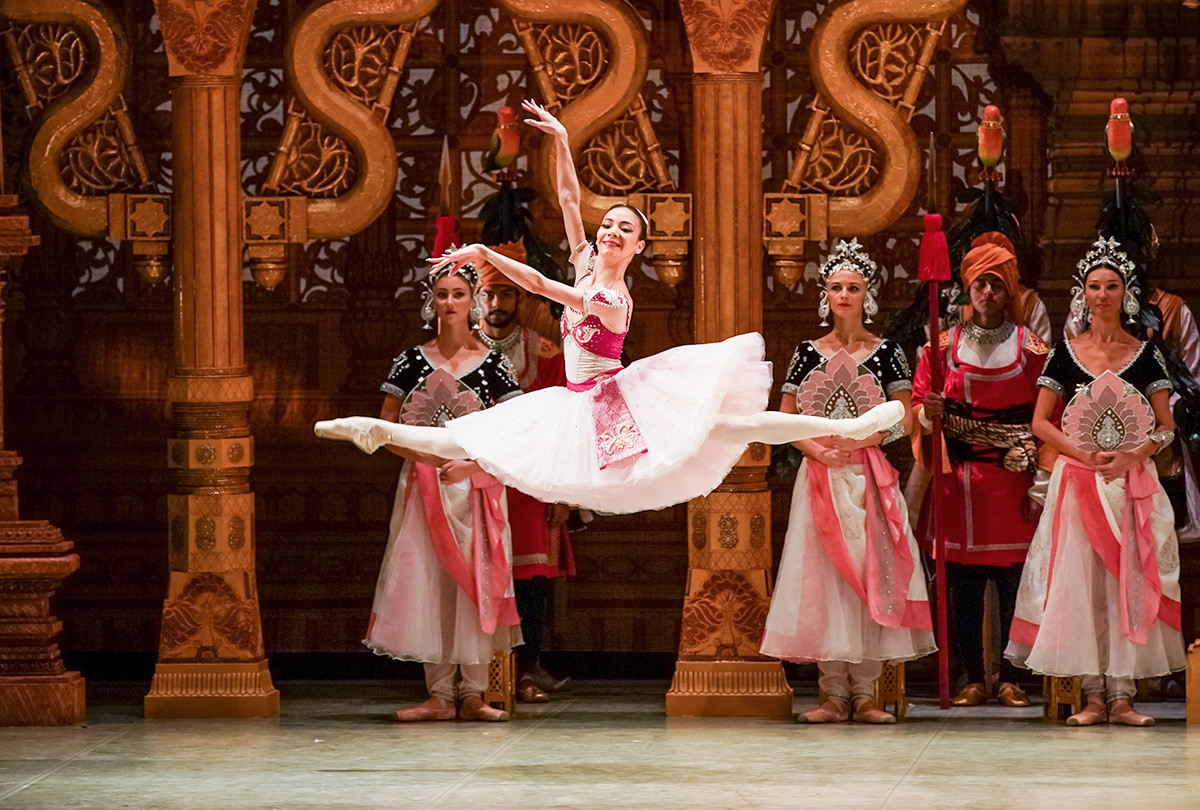
A new generation of ballet dancers has gone straight from their final exams at the ballet school to lead parts in three-act ballets. Bulgan Rentsendorj was fully prepared for this. She had already triumphed at Arabesque, one of the most challenging international ballet competitions. Competing against experienced soloists, Bulgan, who was still in a ballet school at the time, won second place. Arabesque is held in Perm, a city that has been training ballet dancers for Mongolian theaters since the 1960s. Rentsendorj had spent eight years there and was preparing to return home after her studies when she was offered a spot at the Perm theater, which was going through a generational change at the time. She danced Odette-Odile in Swan Lake in her first month at the theater, and her performance was such a success that other parts came her way in quick succession. In her first season, Bulgan mastered half of the repertoire and entered her second season at the theater as a prima ballerina. On the opening night of La Bayadere, she danced along with Maria Alexandrova, one of the most virtuoso and charismatic ballerinas of the Bolshoi Theater. Although the season was disrupted by the coronavirus pandemic, it was not altogether a lost year for Rentsendorj since the Perm Theater streamed its major classical productions online with her participation.
3. Tomoha Terada, Japan
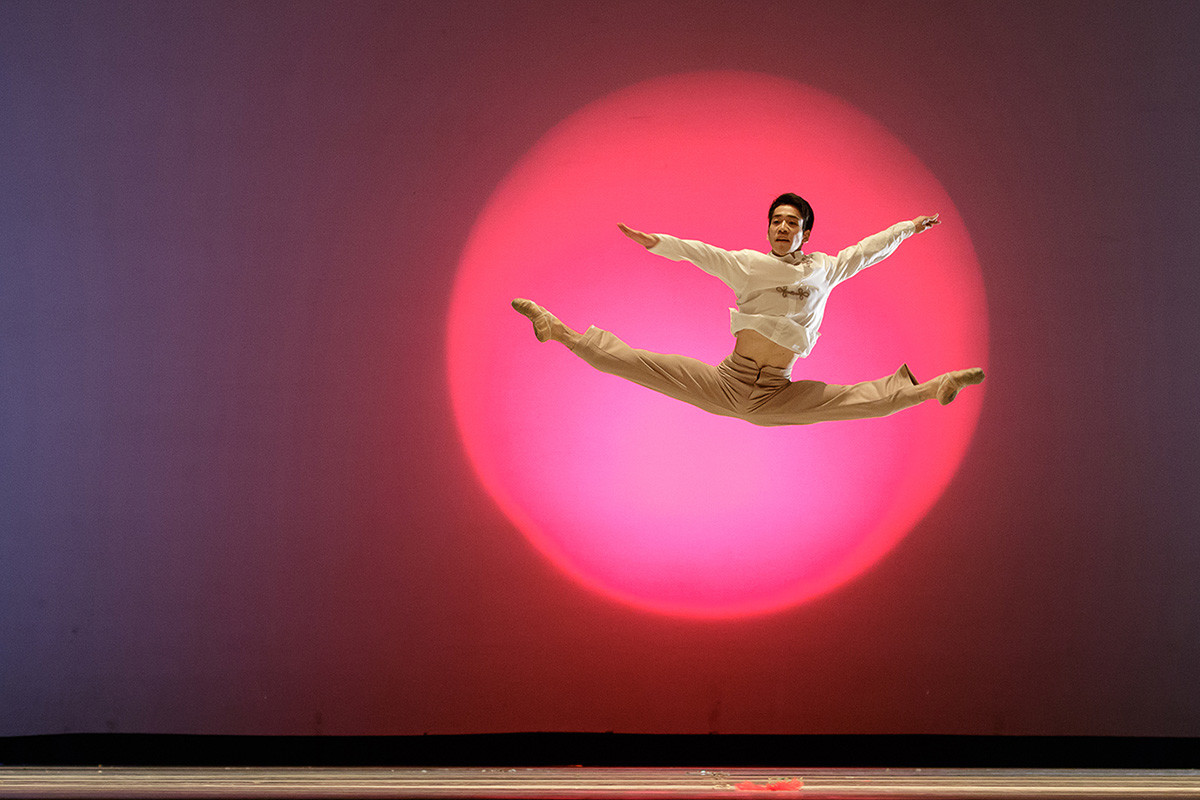
Terada is a Japanese dancer who came to the Urals seven years ago. The only thing he knew about Yekaterinburg at the time was that it had a ballet company that was based in a historical building and had a first-class repertoire. A graduate of the Kirov Academy of Ballet, which is known in part for bringing Russian ballet traditions to America, Terada never would have imagined that he would find life in the Urals capital more comfortable than in Washington or his native Osaka. Establishing himself at a large theater company with its own extensive traditions was not easy, but over time Tomoha, who is short and fast, developed a reputation as the company's chief virtuoso. This status was solidified when he won a gold medal at the prestigious Arabesque international ballet competition in Perm. The light-footed dancer elicited an ecstatic response from audiences with his zesty hopak performance in Ostap's variation from the Soviet ballet Taras Bulba.
4. Amanda Gomes, Brazil
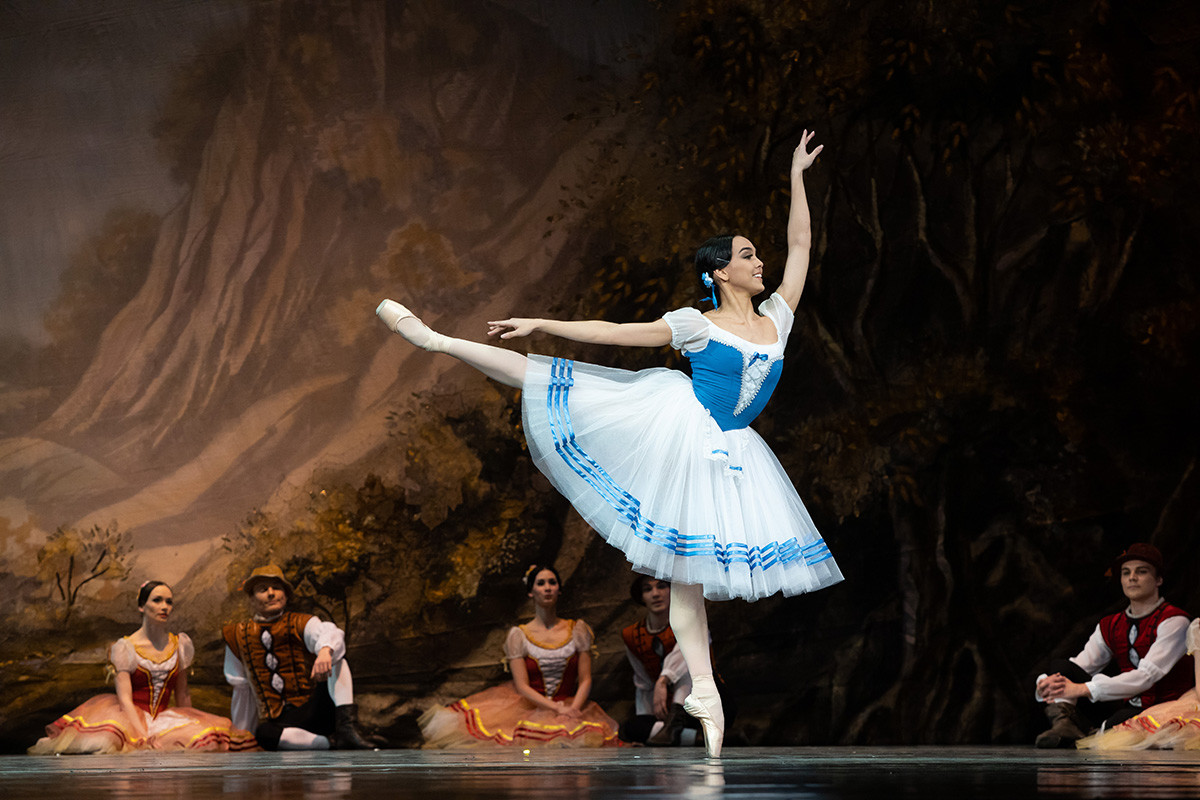
Gomes, who performs at the Tatar Opera and Ballet Theater, was born thousands of kilometers from any ballet theaters. But when she was growing up a branch of the Bolshoi Theater School opened in her native Brazil. She gained admission there and studied the curriculum of Russian ballet schools under the guidance of Galina Kravchenko, a former soloist at the Bolshoi. Kravchenko put her in touch with the administration of the Tatar Opera and Ballet Theater in Kazan, where she has risen through all the ranks in theater hierarchy with her trademark forceful dancing style. She then went on to win a gold medal in a famous international competition at the Bolshoi Theater in Moscow, confirming her status as a prima ballerina. Several years ago, Gomes gained national fame in Russia when she took part in a popular talent TV show, Big Ballet, where from one round to the next she wowed audiences with performances as Princess Aurora, the heroic Laurencia and the heroine of a Tatar fairy tale.
5. Marcello Pelizzoni, Italy
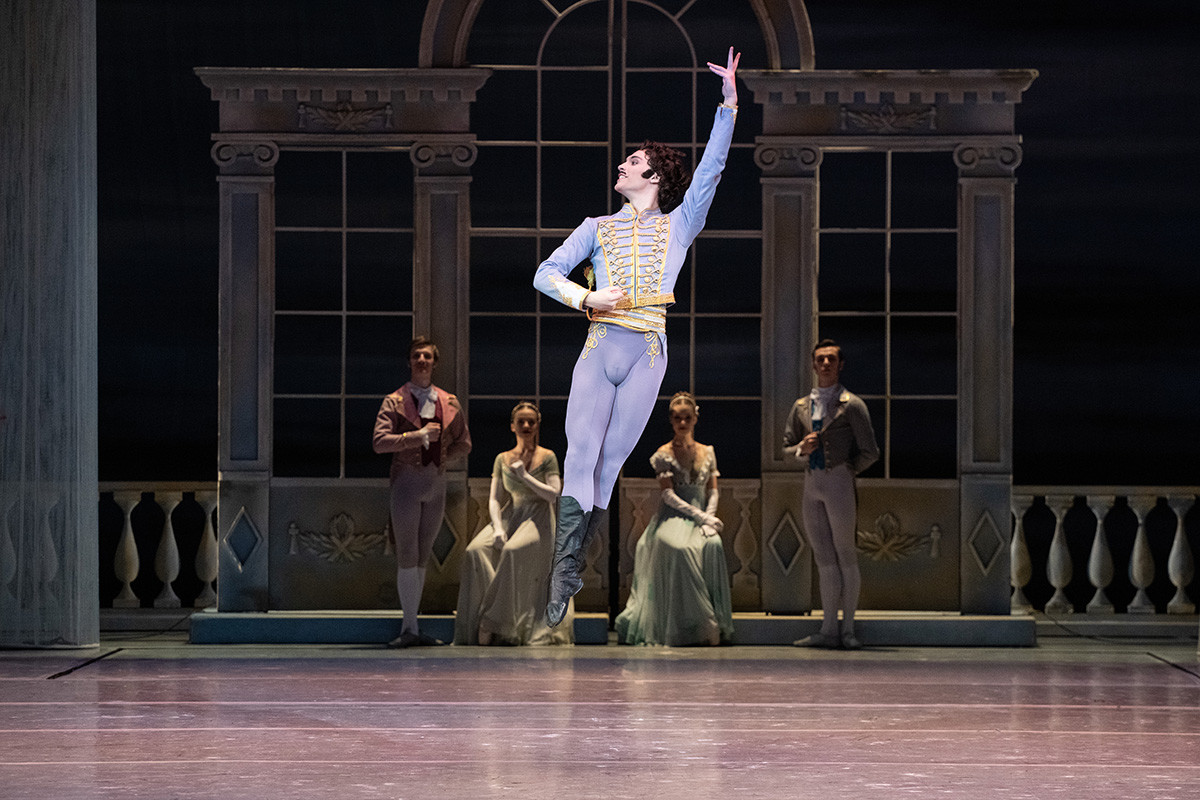
This Italian dancer from Eastern Siberia became a household name among ballet lovers for his performance on last year's season of the Big Ballet talent TV show. His duet with Anna Fedosova was a favorite among audiences, who were enchanted by the image the tall and handsome prince cut next to his delicate and touching partner. Marcello, who was born in Parma, came to Siberia after studying for four years at the Academy of Choreography in Moscow. He decided to join the Krasnoyarsk State Opera and Ballet Theater and attained what all graduates dream of: frequent performances, personal tutors and international tours each year. Thanks to his training in Moscow he did not have to spend years in the corps de ballet, and by his third season at the theater Marcello had all the "dream parts" in his repertoire: Albrecht in Giselle, the princes in all of Tchaikovsky's ballets (Swan Lake, The Sleeping Beauty and The Nutcracker), Romeo, the Prince in Cinderella and Jose in Carmen-Suite. His future plans include a completely new production of Catarina ou la Fille du bandit, a forgotten hit from the Romantic era.
If using any of Russia Beyond's content, partly or in full, always provide an active hyperlink to the original material.
Subscribe
to our newsletter!
Get the week's best stories straight to your inbox